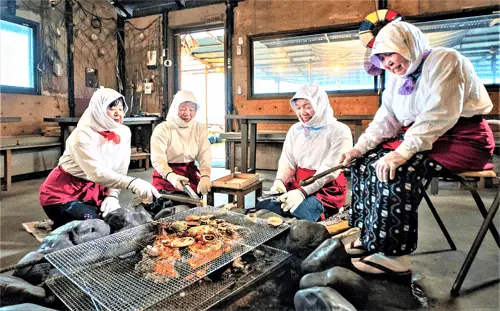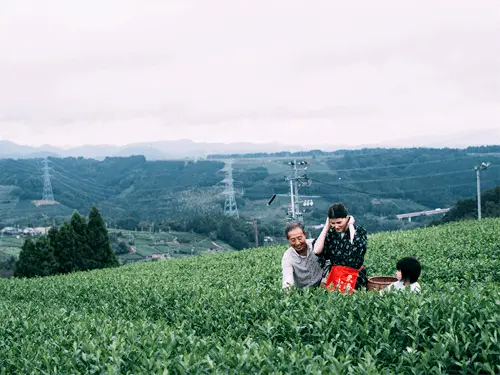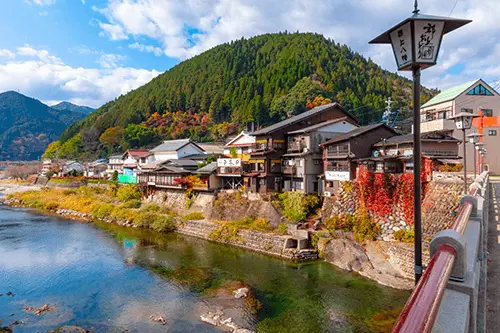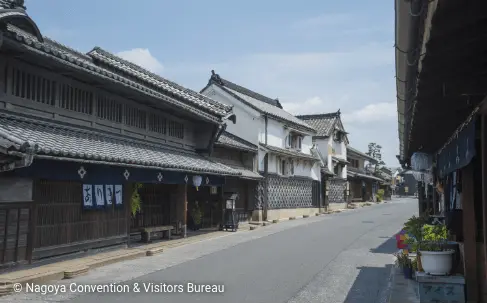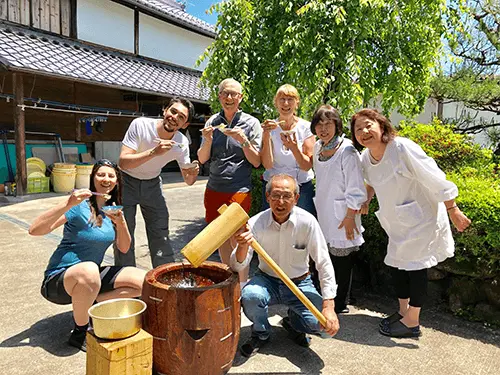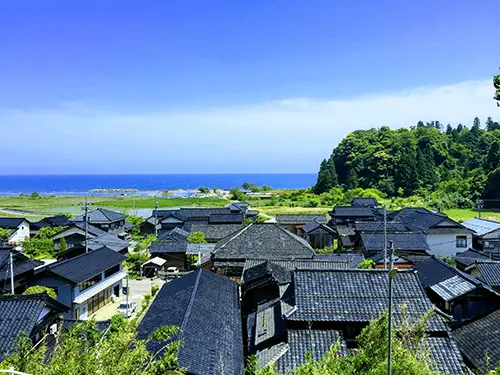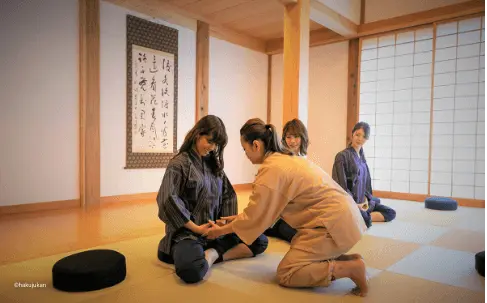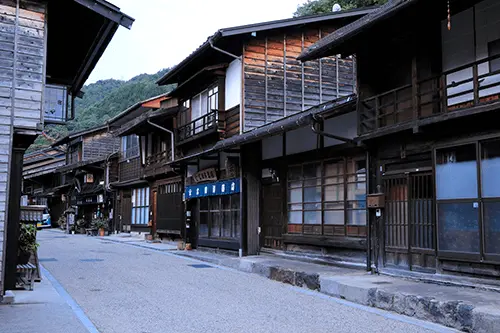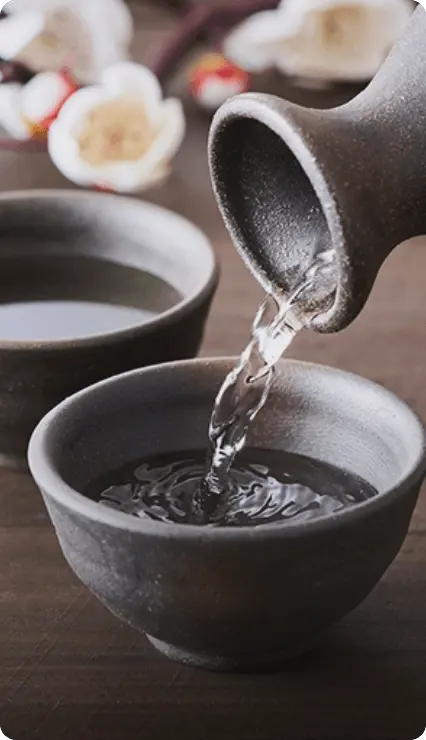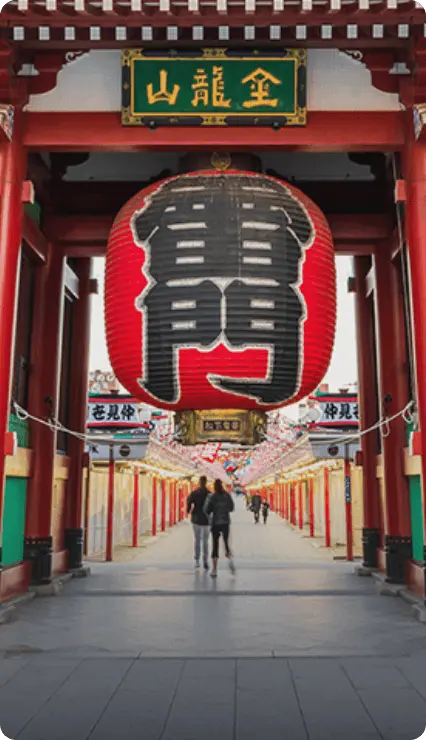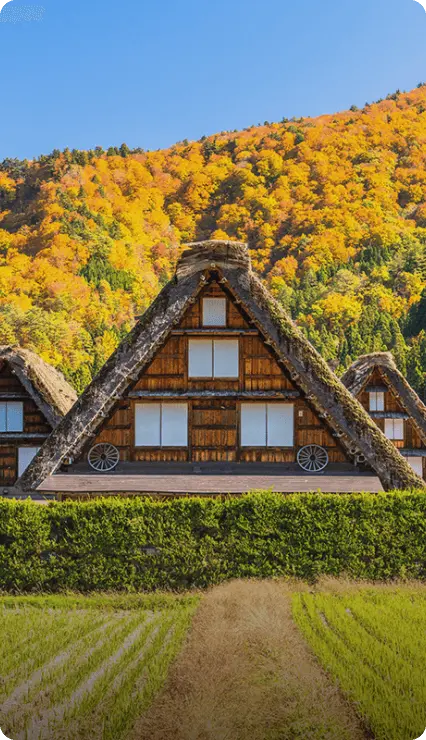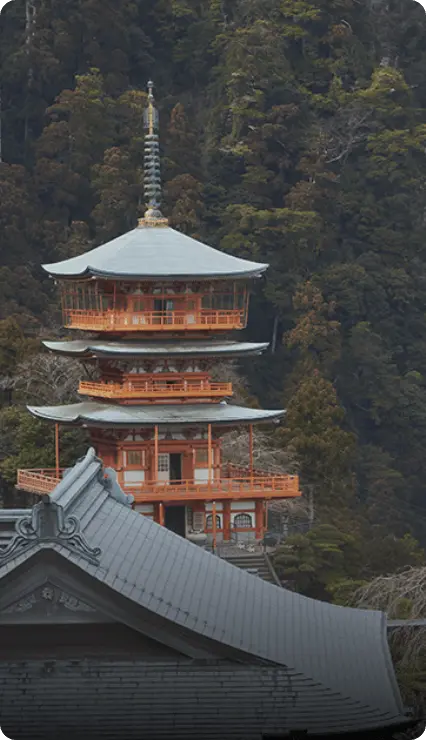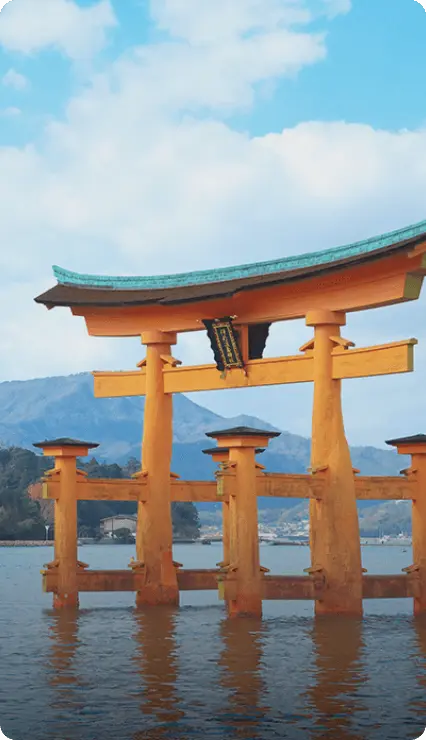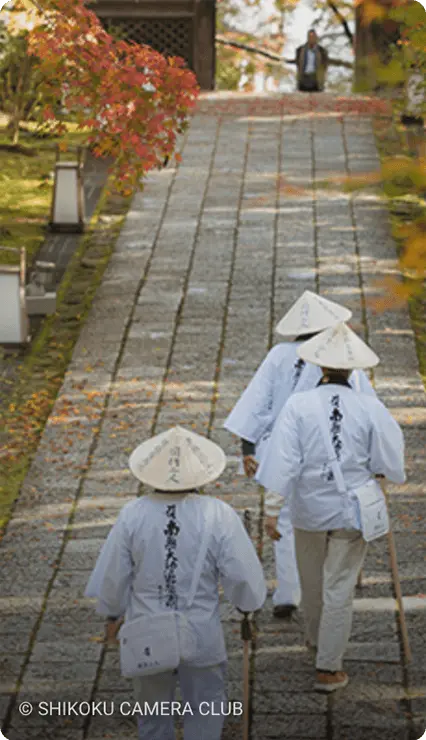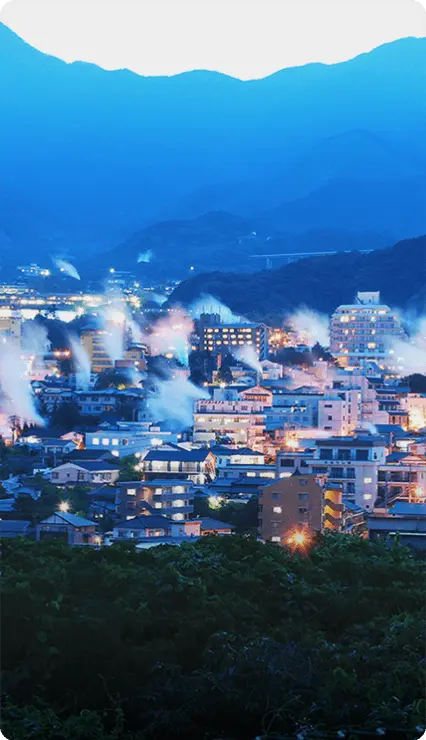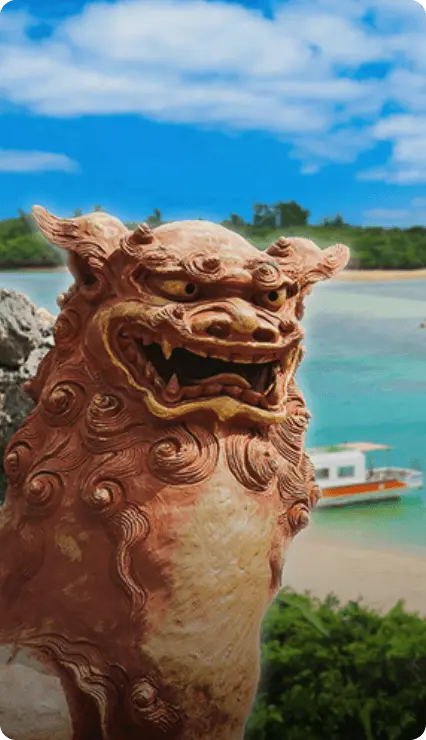Travel Experiences
in Central Japan
Nature
Wind your way through Central Japan on a journey of discovery
Rugged nature defines the interior of Central Japan, including the highest peak in the country, Mt. Fuji, and the majestic Japanese Alps. Follow the Tateyama Kurobe Alpine Route and get a view of the Alps using buses, ropeways and hiking trails. Discover traditional Chanosato Village in the heart of tea country and learn the ways of the Ama female divers during a coastal stay at Hachiman Kamado.
Culture
Authentic cultural experiences abound in Central Japan
Cultural traditions thrive in Central Japan. One of the most memorable is the annual summer dance of Gujo Odori, which takes place in the historical village of Gujo Hachiman, a place much unchanged since the Edo era (1603–1868). Other highlights include the Arimatsu-Narumi Shibori tie-dyeing characterized by its exquisite patterns and unique texture, and a chance to discover a traditional way of living on a rural life experience tour in Shiga Prefecture.
Activity
Get outdoors on a memorable adventure in Central Japan
Not all adventures require exertion. At Hakujukan, a woodland hotel built with local Eiheiji cedar, guests can experience Zen Buddhism firsthand and relax in open-air baths surrounded by nature. Those with a yearning for a more active experience can explore the remote post towns of Narai-juku and Tsumago-juku, or cycle along the Noto peninsula, taking in unspoiled views and crisp sea air.
Central Japan
From its dizzying mountains and the tallest in the country, to UNESCO World Heritage sites and vibrant festivals, Central Japan is a bountiful destination for tourists. Go off the beaten track on a wilderness and alpine adventure, or take in some of the country's most important cultural monuments on a visit to this sprawling region.












Hokkaido

Tohoku

Greater Tokyo

Central Japan

Kansai

San'in

Setouchi

Shikoku

Kyushu

Okinawa



